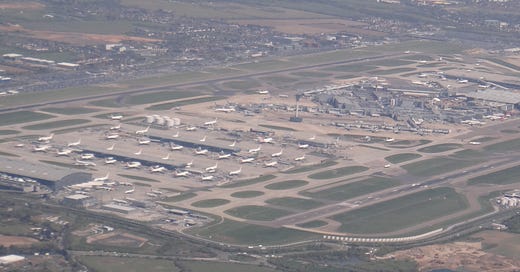When Tim Clark joined the founding team of Dubai-based airline Emirates in 1985, most carriers offered two cabins – pricey first class and economy. Business class emerged in the 1980s and offered flat beds as standard by 2010, which is today the benchmark for comfy travel.
Emirates of course followed the trend and pre-COVID was, along with British Airway…
Keep reading with a 7-day free trial
Subscribe to Airline Revenue Economics to keep reading this post and get 7 days of free access to the full post archives.



